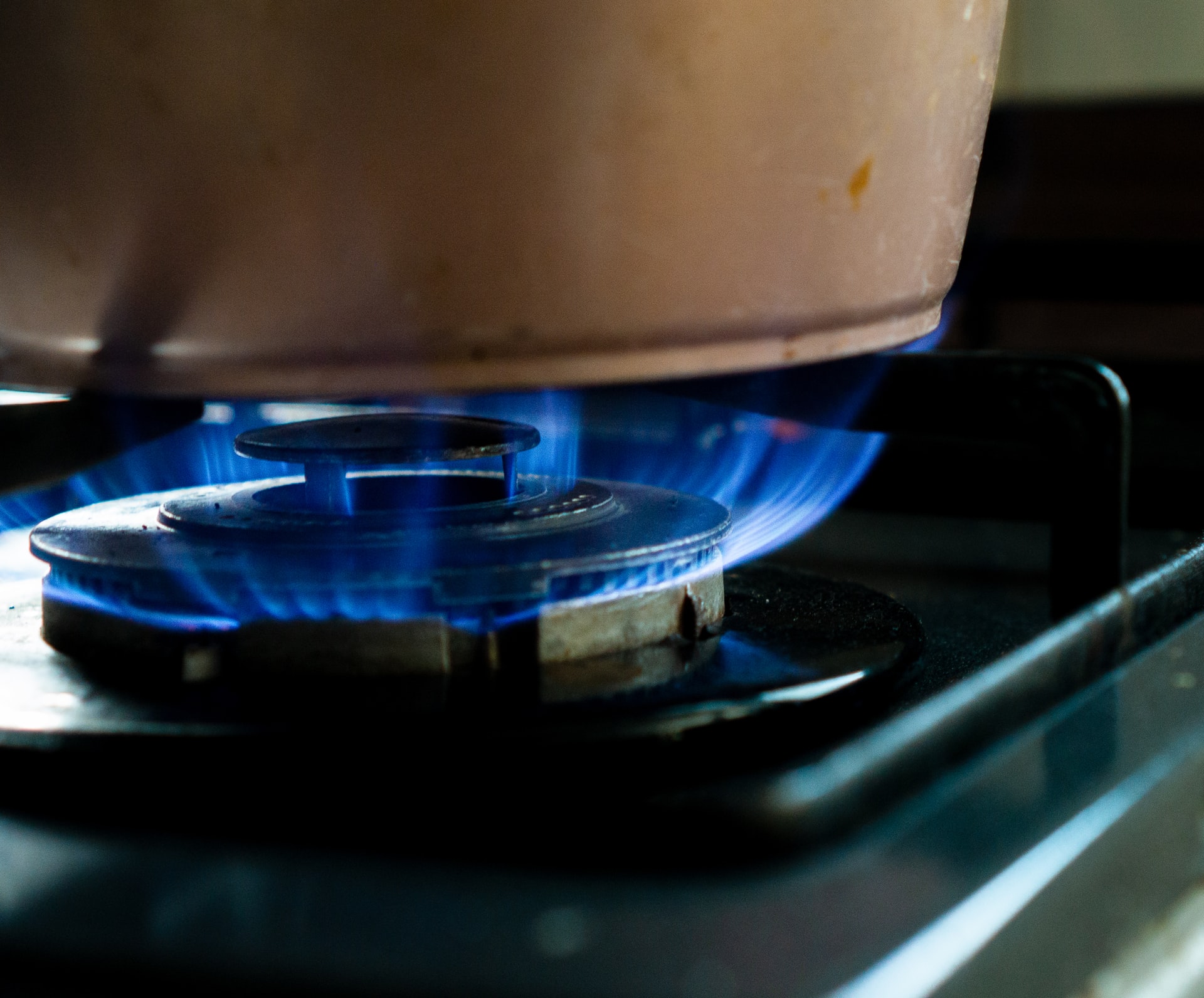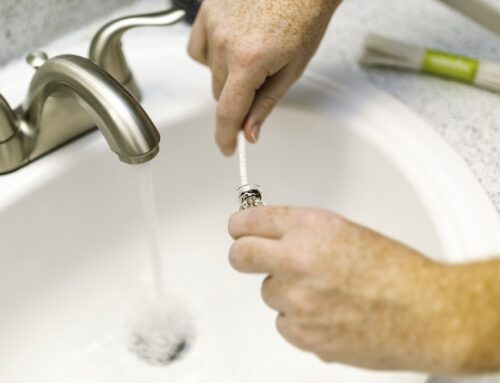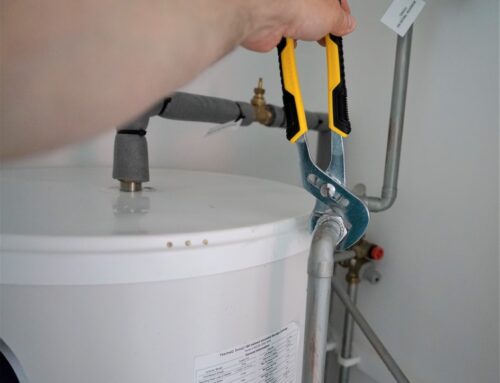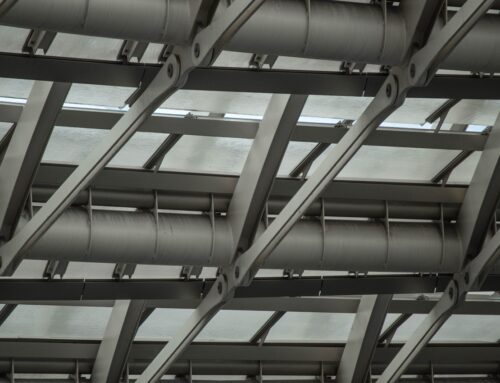Natural gas and LPG are typically safe if properly installed and stored. It is utilised in various household applications, including hot water systems, stoves and fire heaters. It is a popular choice in Australian families due to its dependability and low cost. However, if the warning indications are ignored, it can pose significant dangers.
Five Gas Leak Signs to Watch Out For
Here are some warning indicators of gas leaks in your home:
1. A Hissing Noise
Like a water pipe leak, your gas will make a hissing sound as it attempts to escape via the compromised area. The mysterious noise could also be coming from the joints in your gas appliances. When you hear such a noise, it is critical to determine the source to ascertain the presence of a gas leak.
2. Spike in the Gas Bill
If you discover that your gas bills indicate more use in gas units than the same period the previous year, you may have a leakage problem. Minor leaks might not have immediate physical effects, but they’ll make sure to show on your monthly bills. However, colder weather, additional gas appliances, or extra house visitors could all be plausible reasons for a bill spike. When in doubt, it’s prudent to call in a professional plumber.
3. Dead Plants Along the Gas Line
Even though you can’t see the gas pipes beneath the soil, there might be a leaky gas pipe underneath if there’s a visible patch of dead vegetation. Natural or LPG gas are toxic to plant life and therefore will manifest an area of decay where it’s leaking.
4. Formation of Bubbles in the Soapy Water Test
When gas escapes from a pipe, it might not be easy to notice. It can also be challenging to detect the hissing gas if the escaping gas is at low pressure or if the environment is noisy. A tablespoon of dishwashing detergent mixed with a cup of water yields a solution that can be used to test your pipes. Observe what happens when you lather the solution onto your pipes. A properly working gas line should show no change, but a leaky pipe will cause bubbles to form.
5. Smell of Rotten Egg or Sulfur
Companies add an odorant called Ethyl Mercaptan to the gas for safety reasons. Without this additive, natural gas and LPG are colourless and odourless. Most people associate the odour with rotten eggs or cabbage. Examine the area around all of your gas appliances and check for this smell.
Physical Symptoms of Gas Leakage
The quantity of oxygen available changes as a result of gas leakage. As you take in less oxygen, you may begin to experience symptoms. It’s highly likely your house has a gas leak if household members develop unexpected and inexplicable symptoms such as:
- headache
- dizziness
- nausea
- irritation of the eyes and throat
- fatigue
- breathing difficulties
Other symptoms could also include pale skin or blisters that appear only when the skin comes into touch with compressed or liquid gas. If there is a gas leak, your pets may exhibit the same symptoms. Extreme or high amounts of exposure might potentially result in insanity or death.
Preventive Measures for Gas Leaks
Aside from being proactive about identifying air quality issues in your home, you can also avoid gas leaks and other potentially harmful sources of carbon monoxide by performing periodic maintenance on stoves, fireplaces and other gas-powered equipment.
Another method for preventing gas leaks in your home is to have your home’s gas system examined regularly. Professional plumbers offer you an expert overview of your home’s gas system, as well as advice for any repairs or installations that may be required.
Conclusion
When left unchecked, gas leaks can pose catastrophic health and property hazards. Knowing this, it’s worth your time to invest in regular inspections and detection technologies to maintain everyone’s safety on the premises.
Play it safe by hiring a fully licensed South Adelaide plumbing and gas fitter company. Designa Plumbing offers 24/7 emergency plumbing services, blocked drain repairs and more! Get in touch with us today!







Leave A Comment